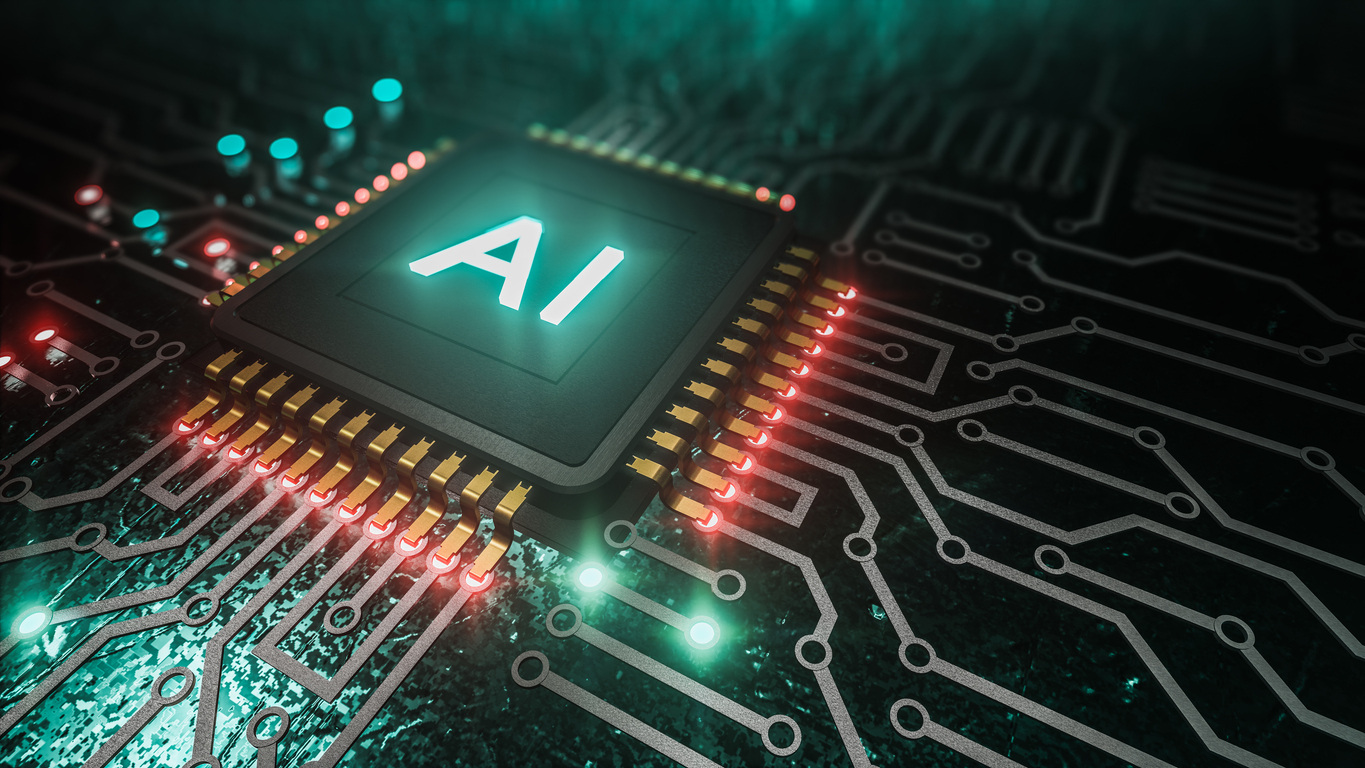The AI revolution is changing how all organisations think about and use digital technologies.
Successful companies are increasingly defined by their ability to properly collect, harness and protect vast repositories of data. Many company AI plans remain stuck at the station, or worse, expose them to risk of major cyber attack.
This means that CISOs, CIOs, and other tech leaders need to deal with the reality that more staff need access to more sophisticated software tools in order to keep up and do their jobs.
Meanwhile, as cyber security cements its place at the top of the list of digital priorities for responsible organisations, AI is emerging as a key technology in the war against malicious actors. Yet at the same time, criminals and nefarious state actors are increasingly using AI themselves as the ‘so-called’ arms race as cyber security moves into a new phase.
A recent report by Palo Alto’s Unit 42 cyber security intelligence division found that software vulnerabilities was the number one weakness of organisations that fell victim to cyber attacks in 2023. This was a marked departure from previous years when ‘phishing’ was the number one concern.
It serves to highlight the importance of organisations paying more attention and taking more care in the planning, deployment and management of data-heavy AI systems to reduce – ideally eliminate – the risk of those data falling into the wrong hands.
Here we list the top 5 steps of CISOs, CIOs and other tech leaders with responsibility for cyber security should take as they look to make AI a central pillar of their evolving digital architecture.
Document all internal AI risksThe first step to consider is creating an inventory of how your organisation uses AI. This should include any areas that might expose you to attack, such as data privacy, security, and compliance. All risks and practical tested mitigation strategies should then be set out in a comprehensive risk assessment document for organisations company-wide to consult and review.
Understand the ins and outs of AI dataAs AI systems move into more and more areas of business, it’s critically important to keep track of the different types of data they use. For instance, it’s smart practice to document the sources of data they use, as well as things like processing techniques and storage methods.
Also, be sure to get familiar with security standards and data privacy regulations to establish AI data boundaries based on data classifications.
Collect information on broader AI risksDo other organisations and AI systems outside of your digital environment put you at risk? For example, where does Zoom send AI meeting summaries? Can that AI-powered HR chatbot access confidential information, and if so, what does it do with it? Answering questions like these helps to safeguard your data and inform risk management strategies.
Create a list of approved AI servicesEvery AI solution or service you use should be evaluated in terms of security, privacy features, and regulatory compliance. Also consider cost, ease of use, and integration with existing systems. Then clearly communicate which AI services your organisation can use—and which ones should be avoided.
Develop a company-wide AI policy and guidelinesUsing this checklist as a guide, standards for safe, ethical deployment and the use of AI can be created. Provide transparency and accountability to make sure everyone in your organisation is aware of expectations and responsibilities.
Cyber security means forever following new and constantly moving targets, a challenge made all the more complex, as well as critical, by the emergence of AI.



Ask the Author